- News
- Reviews
- Bikes
- Accessories
- Accessories - misc
- Computer mounts
- Bags
- Bar ends
- Bike bags & cases
- Bottle cages
- Bottles
- Cameras
- Car racks
- Child seats
- Computers
- Glasses
- GPS units
- Helmets
- Lights - front
- Lights - rear
- Lights - sets
- Locks
- Mirrors
- Mudguards
- Racks
- Pumps & CO2 inflators
- Puncture kits
- Reflectives
- Smart watches
- Stands and racks
- Trailers
- Clothing
- Components
- Bar tape & grips
- Bottom brackets
- Brake & gear cables
- Brake & STI levers
- Brake pads & spares
- Brakes
- Cassettes & freewheels
- Chains
- Chainsets & chainrings
- Derailleurs - front
- Derailleurs - rear
- Forks
- Gear levers & shifters
- Groupsets
- Handlebars & extensions
- Headsets
- Hubs
- Inner tubes
- Pedals
- Quick releases & skewers
- Saddles
- Seatposts
- Stems
- Wheels
- Tyres
- Health, fitness and nutrition
- Tools and workshop
- Miscellaneous
- Buyers Guides
- Features
- Forum
- Recommends
- Podcast
feature
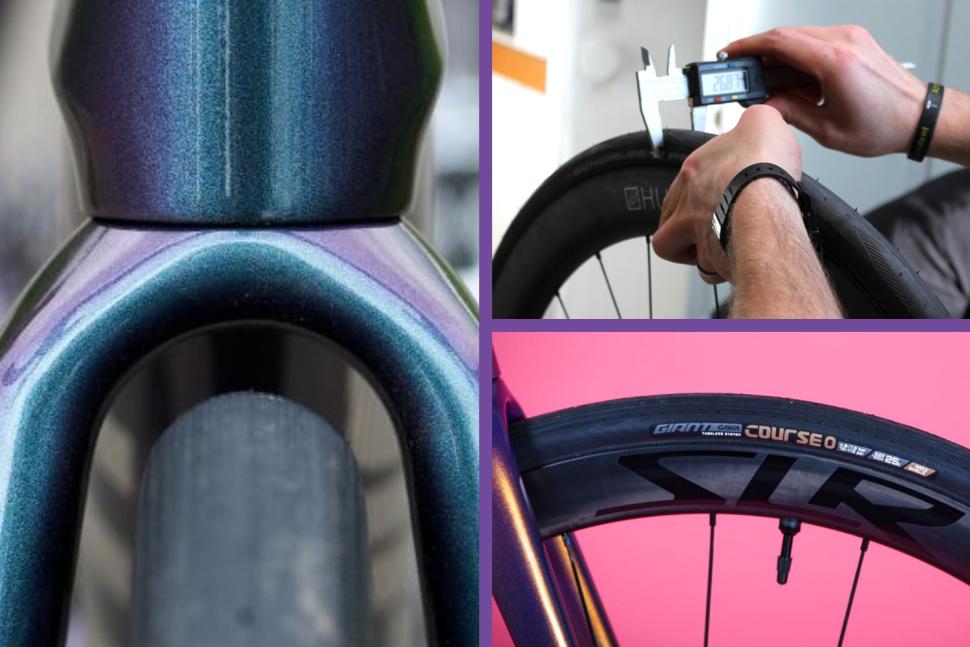 Why wider tyres on road bikes are here to stay March 2024
Why wider tyres on road bikes are here to stay March 2024Why wider tyres on road bikes are here to stay… and why they may get wider still
Road bike tyre widths have ballooned in the last few years, and while a 23mm tubular tyre used to be praised as the fastest setup on earth, it's now been overtaken by 28mm tubeless tyres. The shift to wider road bike tyres is not a passing trend; the way it's transformed ride quality, comfort, and performance are all qualities that none of us want to compromise on anymore, and rightly so. This all begs the question: how wide will we go?
We've asked a whole host of industry experts, and while many of them think we're close to the maximum tyre widths, some believe we can go even wider. Ever wider tyres cannot exist alone, though. They require a bike with enough clearance, as well as compatible brakes and wheels. And that - the entire rim, brake and tyre interaction - has changed drastically over the recent years.
"There’s a requirement from a broad spectrum of brands to align on where the next developments will happen. Don’t be surprised to see even bigger road tyres," Hutchinson says.
But how wide can we expect tyres to be, then - where is the limit? Or is there even one, and will 23mm tyres soon be a thing of the past... Read on to find out.
How wide are road bike tyres in 2024?
Tyre widths have really come a long way since the early days of cycling, but it's not all solely down to advancements in tyre technologies. The trend towards wider tyres is closely linked to the fact that advantages of wider tyres have been scientifically proven, and supported by the ability of bike frames to accommodate greater width. This has led to their widespread adoption in both the pro peloton and among recreational riders.
It's not only the simple frame clearance that differentiates modern bikes from their vintage siblings. Before carbon bikes became a thing, bikes were made very differently as a whole.
"Wind the clock back 10 years or more to when everyone in the peloton was riding a steel frame bike with shallow section rims; the bike frames and wheel rims had a degree of inherent flexibility and compliance which provided comfort," says Tim Ward, Schwalbe's UK Marketing Manager. "Therefore, riding narrow 19mm wide tyres at 120 or 130 PSI was not so much of an issue,"
You could expect things to change over three decades or more, but we're already many millimetres ahead of what was considered a 'wide' tyre back in 2018. That's when Business Insider ran an article titled "Why the tyres at the Tour de France keep getting wider and the pressure lower".
The piece took a deep dive into the tyre widths of that year's and concluded that "by far the most common widths were 25mm and 26mm. And while it's difficult to compare Tour speeds based on tyre width and pressure, the growing research and the massive push across teams to wider tyres and lower pressure speak volumes."
Fast forward to the most recent Tour de France, and you'd struggle to find a tyre measuring narrower than 28mm – even if it had that printed on the side wall – as most modern tyres are paired with ever wider rims for aero advantages. They are also the one thing that can make riding a stiff and snappy, modern road bike a little more comfortable.
"Modern carbon frames and wheels, by contrast, are very much stiffer and less complaint, although they are, of course, much more efficient in terms of energy transfer from the pedals to the ground," says Tim Ward. "So, the only real way to derive a reasonable amount of comfort on a modern road race bike is through having wider tyres at lower pressure, to provide a degree of compliant suspension."
Shelley Childs from Cambrian Tyres - one of UK's largest independent 2-wheel tyre distributors - echoes Ward's points, saying there are three distinct reasons why wider tyres have taken off.
"Firstly, I think wheel manufacturers played their part. It’s a bit like asking what came first, the chicken or the egg, did internal rim sections get wider first, and tyres followed suit, or was it the opposite that happened? Performance road tyres have always been available in 25mm and even 28mm, so the wider tyre choices for the initial new wave of wider rims were already on the shelf for cyclists to choose from in the early days of this trend. So let’s assign this piece of the missing jigsaw puzzle to the wheel manufacturers, especially once carbon clinchers became available, and subsequently hookless carbon rims.".
Childs points out that after wider tyres appeared, manufacturers and independent testing companies showed that wider tyre setups were actually performing well, the media (us!) picked up on the trend and soon, wider tyres were the thing. This was, of course, enabled by the ever-increasing prevalence of disc brakes, allowing wider tyres to be fitted. Soon, more pro riders were rolling on wider tyres, not just at the cobbled classics, but also at races such as Strade Bianche, which features gravel road sectors.
Ever wider tyres are also in fashion beyond road cycling. Mountain bike tyres have always been the widest, but the newest kid in the block, gravel, has also adopted wider tyres. While 38mm used to be common in the early days of gravel, now the most capable gravel bikes are equipped with 55mm tyres, or even wider. The increasing popularity of gravel also played a part in how road tyres got wider. Roadies dabbling off the beaten path noticed the plushness of the wider tyres and wanted more of it.
What makes wider tyres faster?
If you are not convinced that wider tyres are faster on the roads, you're not exactly alone. But there is an increasingly deep pool of research pointing out the benefits of rolling on wider tyres, and that is something that should change your mind. If you believe the earth is flat, though, you can probably just keep doing what you're doing and stop reading here.
Without pretending I excelled in physics, I asked the experts to explain why equipping my bike with wider tyres would make it faster - or more efficient. There are more factors than just rolling resistance, aerodynamics and vibrations to take into account, and this is perhaps best visualised in the below equation that is part of Zipp's Total System Efficiency document, in which the brand takes a deep dive into how the best road bike wheels can make you faster, but also on how the wheels alone will not make a big difference.
Rolling resistance
The first thing usually mentioned in conjunction with more efficient tyres is rolling resistance. In short, rolling resistance is one of the forces that oppose you as you ride forward. The main reason for it is that the tyre is constantly deforming as you move (we're not looking at things like bearing friction). Not all of the energy used to deform the tyre is recovered when the pressure is removed.
Continental's product manager Jan-Niklas Jünger summarised it like this: “Material deforms in contact with the ground, molecules rub against one another creating heat that goes into the environment. That’s where you are losing energy in what we call rolling resistance.”
So with the tyre being in contact with the road surface, you lose energy. Surely then, a wider tyre equals more energy lost? Well, it's not that simple, and as you can see in the above graph, aerodynamics plays an even bigger part in slowing you down, especially when the speeds increase. But it still makes a difference.
"The rolling resistance benefits of wider tyres are derived from two main areas. Firstly, the way the contact patch with the road changes as the tyre gets wider, and secondly, how the compliance of a tyre at lower pressure helps to retain energy," Schwalbe's Ward explains.
"It helps to understand how air pressure works in the enclosed system of a tyre. It all relates to Boyle’s Law [I’m sure many will remember that from school!] which simply states that the pressure and volume of a gas of a given mass at a given temperature are inversely proportional to each other.
"As the volume decreases, the pressure increases, and vice versa. Then, for example, for a tyre with twice the internal volume as another tyre, the air inside will exert the same force at half the pressure of the first tyre.
"This leads to explaining the difference between the contact patch for a wider tyre compared to that for a narrower tyre. With a given weight on a tyre as per our previous example of two tyres, one twice the width and half the pressure of the other, the contact patch areas will be the same. However, to effect the same contact patch area, the narrower tyre will have a longer, narrower contact patch in comparison to the wider tyre. This means that at any given moment there is a larger arc angle of the tyre in deformation compared to the wider tyres, which have a shorter wider contact patch."
This all can be quite difficult to understand, but the below graphic from Schwalbe visualises the contact patch quite well.
"So, the narrower tyre has more of its sidewall in deformation at the contact point which in turns mean slightly more internal friction (hysteresis), and therefore increased rolling resistance, compared to the wider tyre. The real added benefit, though, comes from the fact that a larger volume tyre can support the same weight as a narrower tyre at a considerably lower pressure," Ward concludes.
Vibration and aerodynamics
A lower pressure alone doesn't necessarily correlate directly to more efficiency and faster speeds. What it does correlate to, though, is more comfort and less vibration – which is another aspect tyre designers look at closely.
Lower tyre pressures allow for more compliance in the tyre, which in turn gives you a more comfortable riding experience. It also reduced rolling resistance on not-perfectly-smooth, real-life road surfaces. Ward explains that the extra compliance in the tyres absorbs irregularities in the road surface and returns a lot of that energy as the tyre rolls around and springs back out again.
Vittoria uses the cobbled race stages as an example to explain the benefit, saying the cumulative effect of the bumps will add time to your ride, and you will also feel more fatigue from all that bouncing about, which will negatively impact your potential output for the rest of the ride.
Childs says: "Compare this [a wider tyre] to a 23mm tyre on a 15mm internal rim, inflated to 120psi or greater. Energy is lost, and fillings are rattled and removed. Narrower tyres need a very high pressure to win the rolling resistance debate, and then after all of that, they only win on a smooth surface.
"Velodromes and closed circuits may still be seeing many 23mm tyres used, and British Cycling and other federations and still looking at the other factor, aerodynamics, with 23mm still not being dismissed from this debate for top-level track competition use."
What's the limit for road bike tyre width - or is there one?
With seemingly very few downsides to everyone adopting wider tyres, we also asked industry experts: how wide can we go? Have we reached the limit? The jury is still out on that.
"I think we probably have," says Schwalbe's Tim Ward. "Despite Schwalbe having recently introduced a 38mm Pro One, the optimal lies somewhere on the 30mm to 34mm range, I would suggest, with everything taken into consideration and allowing for the requirements of different types of racing, riding, and surfaces – the Goldilocks zone, you might say, although I don’t think there’s necessarily any direct correlation to bears or porridge!"
Vittoria, on the other hand, believes that while current tyre technologies might be sufficient for many, others will be pushing the limits further.
"For some, this pursuit will mean going wider to some extent, in an effort to gain benefits. For some, this will mean keeping the same size tyre, but changing to a new construction, compound, or insert system," the brand says.
Hutchinson, similarly, says it doesn't rule out even wider tyres.
"It’s not just about the tyres: the entire rim / disc brake / tyre interaction has changed in recent years. Looking at that as a whole, and throwing frame manufacturer tyre clearances into the mix - there’s a requirement from a broad spectrum of brands to align on where the next developments will happen. What we can say is that’s an area we’re keenly interested in. Don’t be surprised to see even bigger road tyres. Watch this space!"
Childs believes that 30mm tubeless tyres are the sweet spot for most, but that 35mm will be the max width for those racier road tyres.
"For the recreational rider, the trend may continue, especially as gravel riders want fast road tyres for the Sunday road ride, dispensing the need to use a ‘winter hack’ or best bike for the longer rides. These guys and girls are mopping up 35mm Continental GP5000 AS TRs like there's no tomorrow.
"If there were a 37mm available, who knows? I think that we’d see sales here, albeit smaller in the short to mid-term. A lot depends on the road bike clearances, of course, and whether we see wider road tyres will ultimately depend on the bike manufacturers – they will probably take the lead on this," Childs says.
And are we going to see the narrower tyres – 23mm, say – disappear altogether? Likely not.
"No, I don’t think we’ll see 23mm dropped completely," says Childs. "Less choice for sure, but there is still a market for this size, not forgetting performance wheelchair users."
Should you choose wider tyres?
It's easy to think that a wider tyre could make you slower, and if you look at extremes, that might be the case. A chunky mountain bike tyre will slow you down more than a 28mm road tyre, as it creates more heat and rolling resistance. Wider tyres are not for everyone, and they certainly have downsides.
"It’s not an absolute rule that wider tyres are faster, as the construction (casing, compound, tread), as well as system (tubeless, tubular, inner tube) can have a large, measurable effect on the rolling performance," Vittoria confirms.
> How to choose the best width road tyres for your riding
But increasingly, cyclists are steering towards wider tyres and this is apparent in bike design, as most endurance road bikes now take 35mm or even 38mm tyres as standard, and most racier road bikes can take up to 32mm.
"Of course, increased size comes with a slight increase in weight, but the difference is a matter of just a few grams, so the downside is minimal. Additionally, wider tyres are slightly less aero, which is another potential downside, although this strongly depends on the frame, fork and rim design," Vittoria says.
When you leave smooth surfaces, wider tyres offer even more significant advantages, as they allow for enhanced comfort and traction. In the UK, roads are filled with all sorts of holes and debris, and it definitely helps to have wider tyres in typical riding conditions.
While tyre width plays a large role in performance, the true determinant of speed and comfort also lies in the quality of the tyre's casing and profile. High-performance road bike tyres with supple casings offer better traction, comfort, and efficiency, regardless of their width, so if you swap for wider tyres, don't only look at the millimetres.
Your wheel rims can have a huge impact on how your tyres sit and even make them wider or narrower - and you might be limited in how wide you can go if you have a narrow rim.
"Look at the rolling chassis you have; one tyre size isn’t the best," Childs advises. "Look at what works well with your internal rim width and rim depth, then balance aero and weight. For example, if you have an older, narrower rim, fitting a new 30mm tyre might be very comfortable, but might not work aero-wise with your wheelset."
What about hookless rims and wider tyres?
After the recent conversations surrounding the use of hookless rims, it's worth bringing up the issues linked to this design. The hookless rim tyre width requirements are generally given by the relevant wheel manufacturer, but in general, they preclude anything less than 28mm in width and the tyres need to be tubeless, as only those stay put on the rims without hooks.
Generally, hookless rim design offers the benefit of lighter weight, easier manufacturing and certain performance advantages; improved rolling and ride characteristics and, depending on the rim profile, some aerodynamic advantages. The downsides of hookless rims include the fact that the tyres need to be tightly fitting, but this then comes with the difficulty of actually getting them on.
The experts we talked to all emphasised the importance of consumers checking the tyre and rim compatibility and following the ISO (International Organization for Standardization) guidelines, especially on tyre pressures and rim/tyre compatibility on hookless rims. As a general rule, hookless rims should never be inflated beyond 70PSI, though the wheel manufacturer's recommendation might be even lower than that .
"We decided to make our upcoming road tyre our first hookless road option, but it comes with some stricter caveats around maximum pressures," says Sylvie Woroniecki from Hutchinson. "There has to be a complementary relationship between rim width and tyre width, due to the impact this has on the mechanical raising of the tread. For better proportionality with rim width, resulting in a less 'bulbous' and more U-shaped profile, it’s best to stick to the widths advised by your rim manufacturer."
Tyre manufacturers, as Sylvie Woroniecki points out, don't necessarily have a say in what wheel brands do with their rim designs, but they rather adapt to what has been developed and also what consumers want.
"For hookless technology, for example, we need to adapt, but we can’t say we believe in it more than other technologies, especially given the issues consumers sometimes experience - not understanding the importance of respecting the lower pressures specified for hookless set-ups, for example.
"Some consumers aren’t even aware they have hookless rims and therefore don’t buy compatible tyres or inflate to the recommended pressures. We might see accidents because of this confusion, so greater general awareness and consumer education by all involved would be a positive step forward. As a tyre manufacturer, we’re not aware of better performance for hookless set-ups but we listen to customer feedback and demand, and there is support for it currently."
Suvi joined F-At in 2022, first writing for off-road.cc. She's since joined the tech hub, and contributes to all of the sites covering tech news, features, reviews and women's cycling content. Lover of long-distance cycling, Suvi is easily convinced to join any rides and events that cover over 100km, and ideally, plenty of cake and coffee stops.
Latest Comments
- Bungle_52 1 sec ago
A positive news story regarding 20mph limits. Child survives being hit by car in 20mph zone....
- Eton Rifle 18 min 15 sec ago
Yeah, I remember that. Someone on twitter checked her accounts and found that the whole story was complete bullshit.
- mattw 1 hour 4 min ago
The usual best place to look is annual reports on the Charity Commission website.
- Tom Simpson 1 hour 16 min ago
Specialized do wider fitting shoes
- grOg 4 hours 21 min ago
Good points; I've learnt to anticipate the light going green and get a jump on motor vehicles behind me, because if I wait until the light goes...
- NOtotheEU 10 hours 41 min ago
I liked the idea already, no need to ice the cake!
- Sriracha 12 hours 10 min ago
I thought bottle dynamos were more efficient, added to which they can be disengaged when not needed. And they are independent of the wheel build,...
- Prosper0 12 hours 30 min ago
Screw chucks are simply horrible to use in real life. Don't bother, stick with quick release levers. I have a posh Leyzene pump with screw chuck...
- David9694 13 hours 24 min ago
Absurd - EV owner has no guarantee of a parking space anywhere near their home.
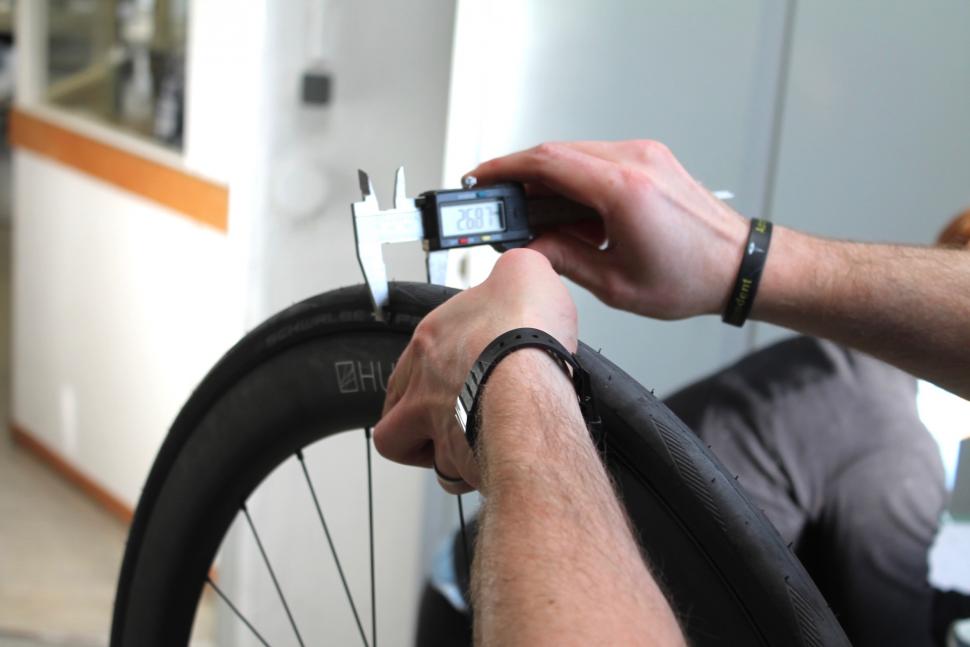


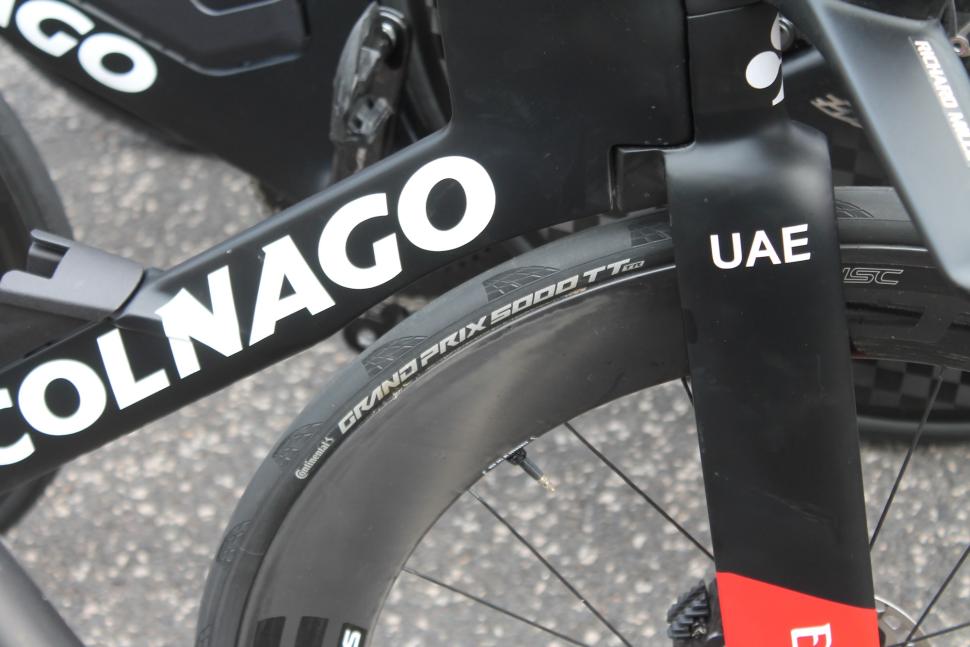

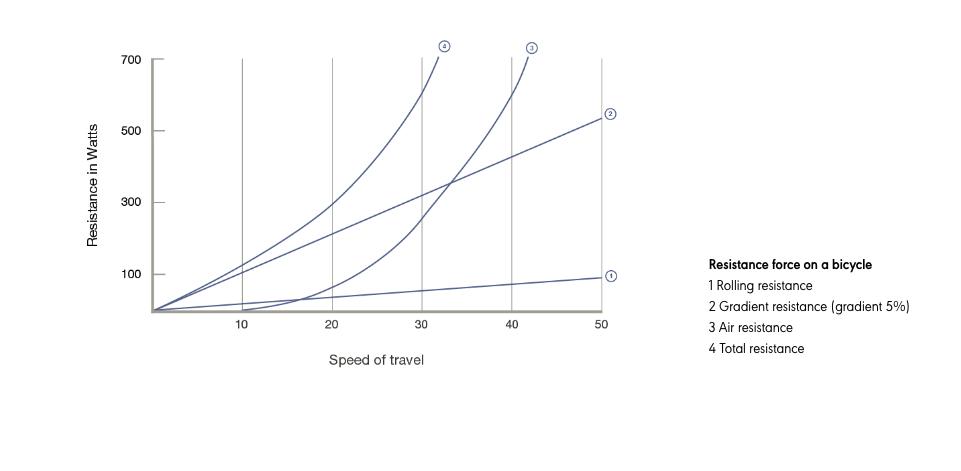



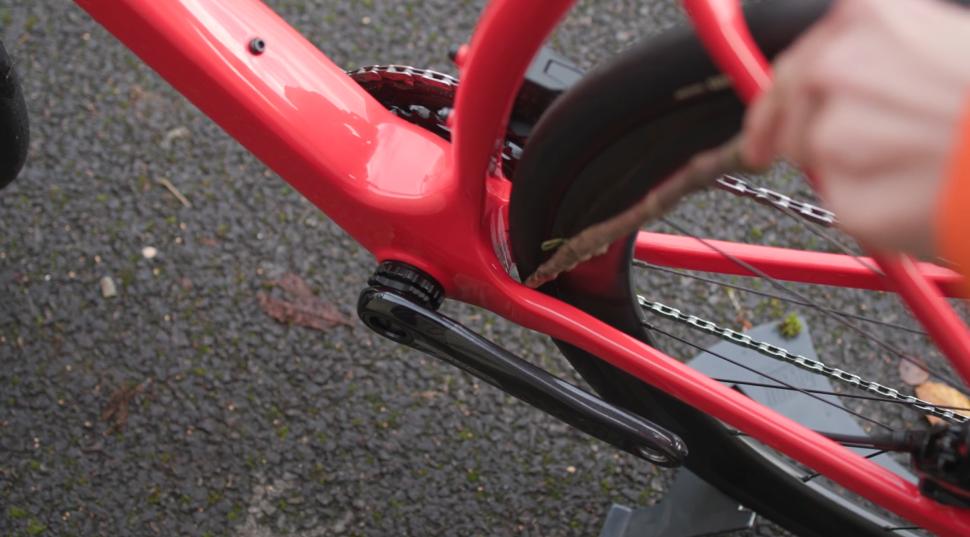
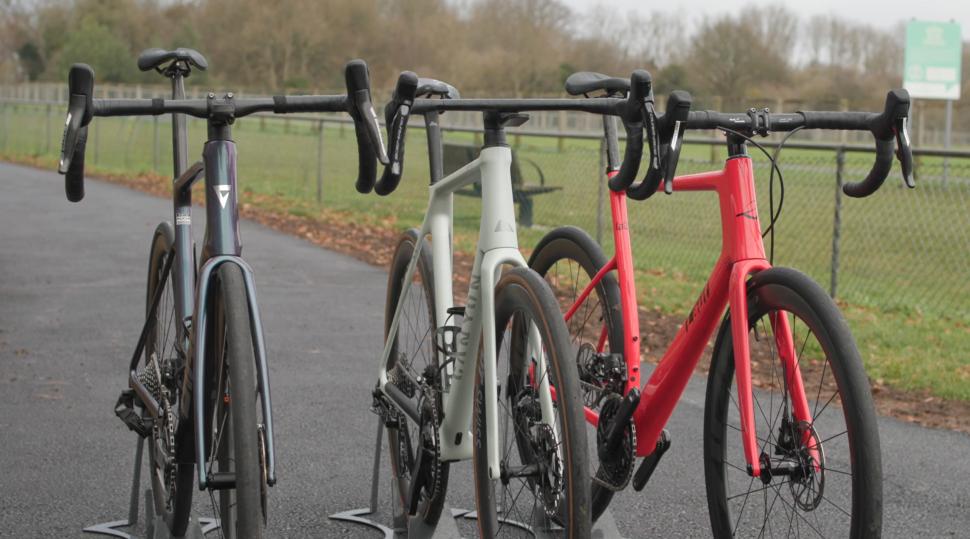
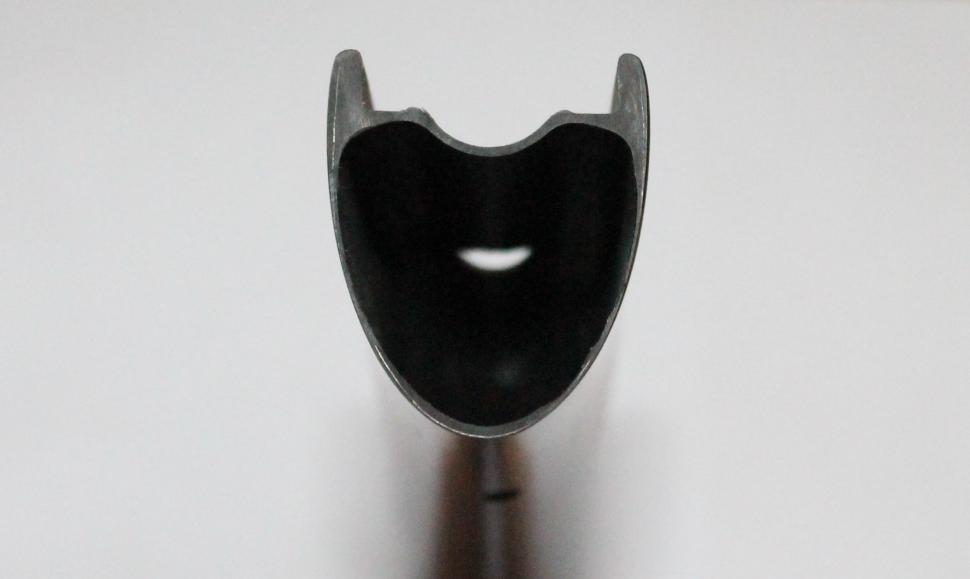
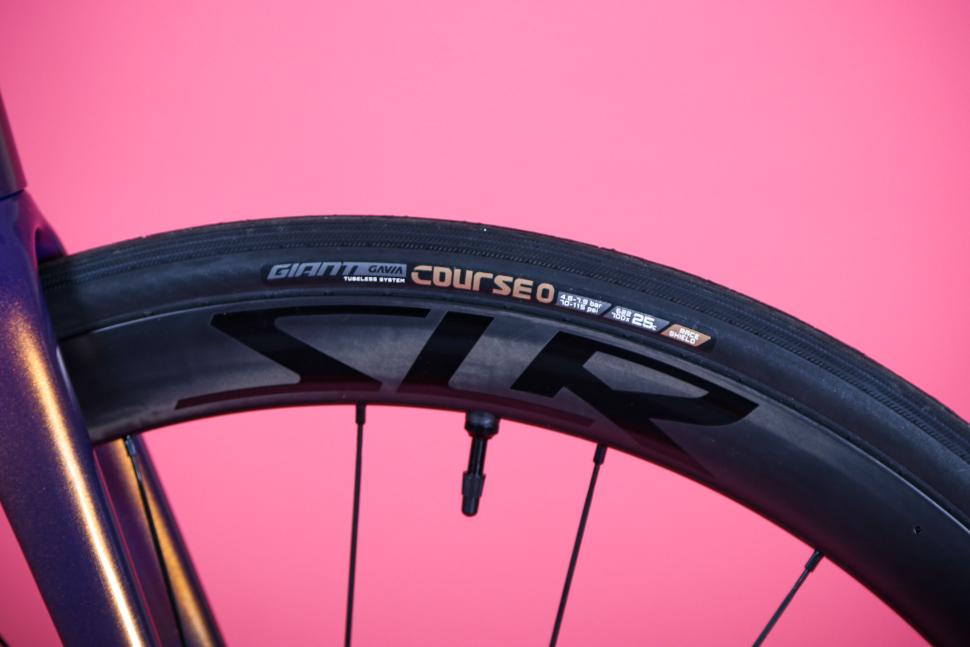
Add new comment
41 comments
Conti 5000 have been lab tested (e.g. BRR) but not subject to roll-down tests (e.g., RH) as far as I know, so difficult to say how good they are on real roads.
"Why wider tyres on road bikes are here to stay… and why they may get wider still"
Cos the roads are getting crapper...
The road have always been crap though.
Depends where you live. Here in poor old downtrodden London, the govt is kindly using HS2 money to fix them. 😳
https://www.gov.uk/government/news/government-invests-235-million-to-upg...
Surprised there aren't riots in Manchester, Leeds etc over this
There is no HS2 money it's just more borrowing.
True, but when the Northern leg of HS2 got canned the PM promised that the borrowed money was going to be spent in the North. And now the Dept of Transport is proudly saying it's being used to fix roads in London.
Rishi Sunk is man in search of a life raft, willing to burn down everything including Conservative achievements such as quite a bit of extra housebuilding (no not enough) and major emissions reductions, to save his miserable, lying, arse.
They need at least 10 years in opposition to rediscover some values, and their hopefully temporarily mislaid social conscience.
The next Election may be not far off existential for them. Most people I know, including dyed-in-the-wool Tories, are at the "just make it stop" stage.
Yeah, but North London, so...
There won't be riots.
But neither will there be many Conservative MPs come the Election.
My patch - Notts - currently has 8 out of 8 Tories in County seats (ie not Nottingham itself.)
I'm forecasting them to lose between 4 and 7 of them.
No they haven't, when I started racing in the 70's most of the roads were well surfaced and potholes were rare, there were a few roads with a dressing of stones but most were lovely smooth tarmac well suited to 23mm tubs at 120psi.
I don't think many of my local roads have been resurfaced since the 70s so that's probably the problem.
Just got back from my weekend ride, every time I go out the roads have got a little worse. Today I spotted several holes from last weekend had been "fixed" but the fix was already crumbling apart!?
Pages